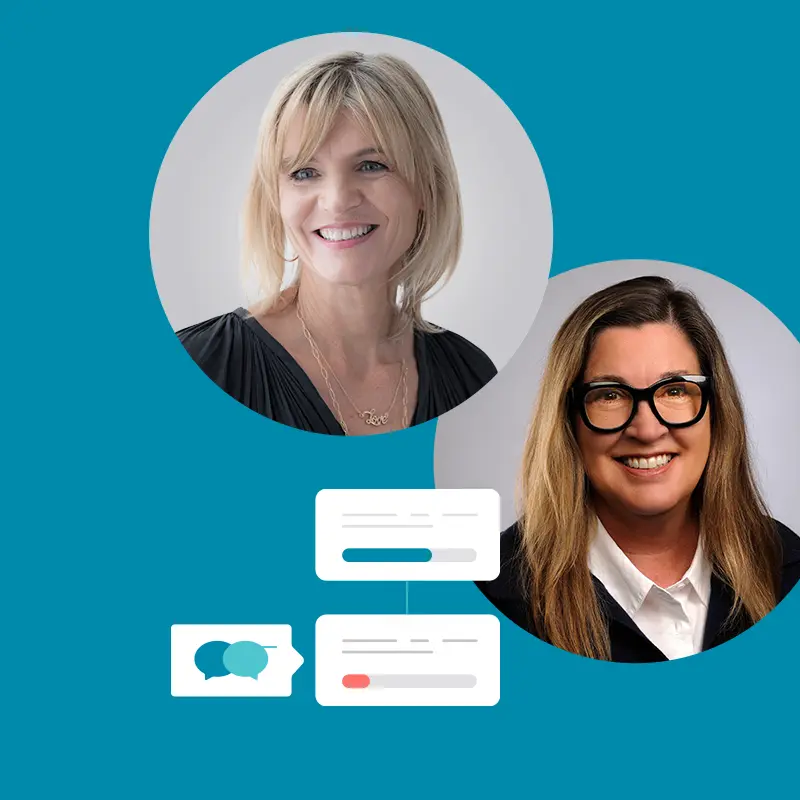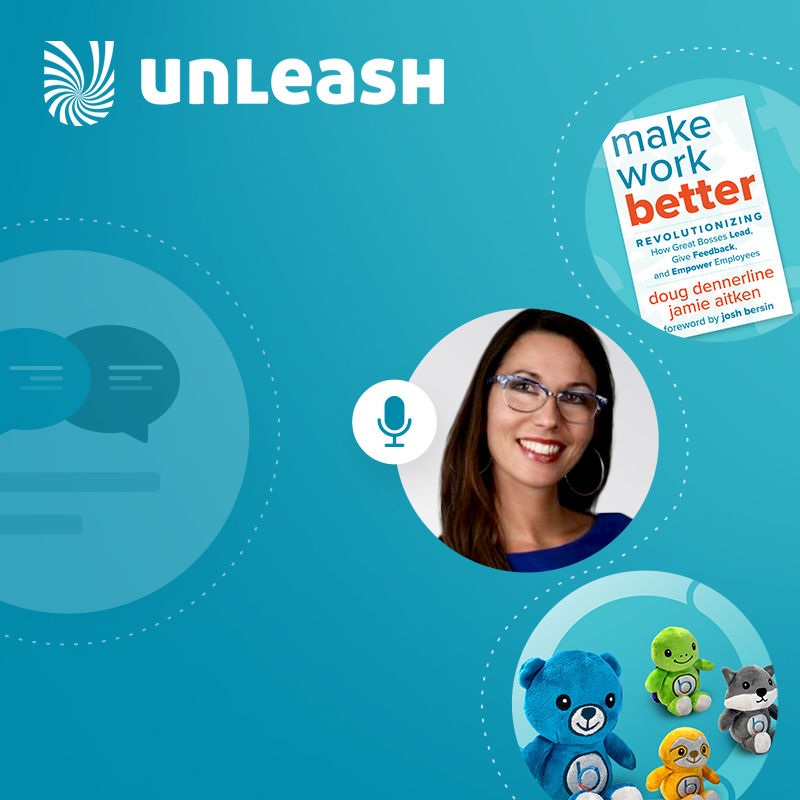Diversity and inclusion goal setting has traditionally been a tricky process.
One of the biggest barriers to improving diversity, equity, inclusion, and belonging (DEIB) is simply setting the right goals. If our goals are too vague or unrealistic, we can’t put metrics behind them to track our progress.
So what steps do you need to take to refine your diversity and inclusion goal-setting process? The key, it turns out, is doing the research on the front end to set realistic, achievable diversity and inclusion goals.
“It’s easy to pick up a common metric, add a percentage in front of it, and set that as an OKR,” says Rocki Howard, chief people and equity officer at The Mom Project. “But when we haven’t dug deeper in terms of what it will actually take to achieve that OKR — that’s where the challenge comes in.”
Here’s how you can dig deeper to set realistic company diversity and inclusion goals in 2022.
Research What You Need to Do
Before you can set objectives and key results (OKRs) that move the needle on your DEIB initiatives, you need to work on the front end to determine your actual end goals for diverse talent. Start with your why: Why are you doing this in the first place and, based on that, what does success look like? You have to be honest about your motivations to set clear, attainable goals.
People skip this step because they want to get straight to setting goals, so they create models based on what other companies are doing. “Fundamentally, the first step is actually identifying your organizational goals,” Howard says. “So many companies try to model their DEI data from what other companies have done.” But no two companies are alike, and DEIB looks very different in different organizations.
Engage the Right Stakeholders
Setting your DEIB goals probably won’t be a linear process. You have to ask several questions about your ideal future state before creating plans to achieve it. Start by identifying this: What does DEIB mean to your organization?
You can’t answer these questions alone, though — you need to engage the people who are most affected by the outcomes of your company’s diversity and inclusion goals.
“If you really want to answer the ‘why,’ engage your stakeholders,” Howard says. “What are their expectations, and what do they need?” Think about historically excluded talent in your employee population, as well as clients and community members affected by your business.
Using surveys, focus groups, and interviews, collect your stakeholders’ perceptions of an ideal future state. This process can help you better understand what inclusion and belonging look like at your company. Be open to learning during this process. Listen to what stakeholders list as their “must-haves” and make those your priority.
Commit to the Right Resources
You can’t achieve any business goals without investing in the right resources. You need to balance aspirational goals with the actual resources at your disposal (including time, finances, and people resources).
To determine the resources you need, you must find out what needs to change. Work backward from the ideal future state you compiled while talking with stakeholders. “Once you’ve identified what the future state is, what success looks like, you have to do a gap analysis to understand where you are today,” Howard says.
Be as objective as possible during this process. To set specific, actionable goals, you need a granular understanding of where you are today.
Use the results of your gap analysis to realistically forecast the resources you’ll need to move the needle on your DEIB initiatives this year. “We haven’t been realistic and honest about what we’re willing to invest,” Howard says. Companies set goals without understanding the finances behind them or who owns the objectives, and that’s why they end up setting goals that fail.
Commit to the Right Plan
Leaders set DEIB goals at the top, whether they want to create change or because they feel pressured to do so. But without following the previous steps and developing a concrete plan, those OKRs simply aren’t realistic.
It’s typical for a company leader to set goals like having a percentage of new hires come from historically underrepresented groups, for example. But without doing the research and allocating resources, is that goal possible to achieve? Simply making the commitment leaves several questions unanswered:
- Do you have the systems to report on this goal? Have they been set up?
- Have you conducted market research to understand where to recruit those candidates from?
- If the candidates you need aren’t in your core geographic location, are you willing to let them work remotely?
- Have you invested in the resources that would allow you to attract that talent?
- Do you have the recruiting resources to go and recruit that talent?
Without the right systems and a realistic plan in place, you can’t execute your objectives.
Design OKRs That Support Your Plan
Your OKRs should be transparent, and they need to be visible across the company. Make sure they’re being monitored and reported at the executive level.
“Once you identify the right OKRs, they need to be assigned to the right people,” Howard says.
Diversity, and the responsibility for executing DEIB OKRs, don’t belong solely to the chief diversity officer. “It belongs to everyone in the organization,” Howard says. “Those OKRs need to be meaningful at multiple levels of the organization.”
Break larger objectives down into smaller objectives, with clear ownership and accountability.
When objective owners don’t achieve their OKRs, make sure there’s a discussion to diagnose the problem, as well as consequences — just as there would be for failure to achieve any other key business initiative.
Achieving diversity, equity, inclusion, and belonging isn’t an easy or a quick process. But setting realistic OKRs puts you on the right path. Remember, however, that delivering on your initiatives requires a lot of work and change. Don’t discount the importance of change management throughout the process, Howard says.
“This is part of a larger movement to really integrate DEIB throughout the business structure,” Howard says. And that’s worth investing in.
To learn how to build your own DEIB program, watch this video.




